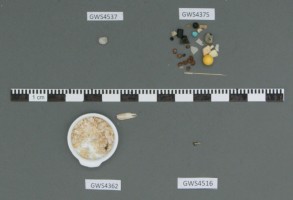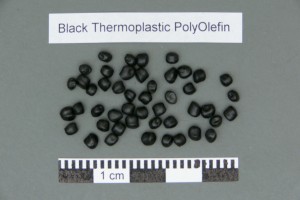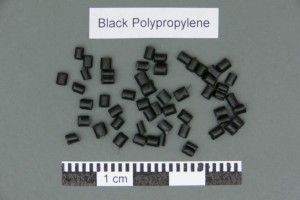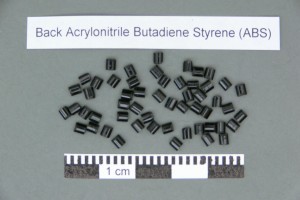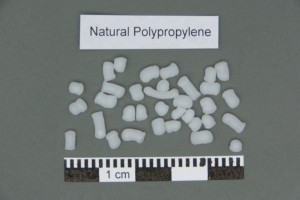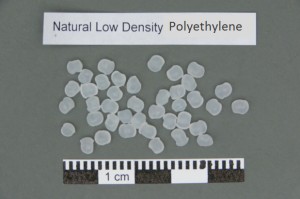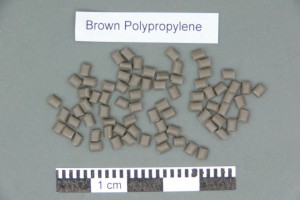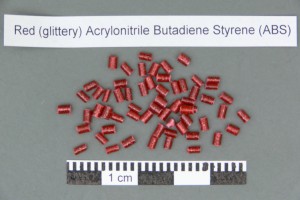Seabirds are known to ingest plastic particles floating in the ocean. These particles can be fragments of manufactured plastic items (i.e. toothbrushes, toys, etc.), which is referred to as 'user plastic.' Seabirds may also ingest plastic resin pellets (PRPs), or 'nurdles,' made at plastic manufacturing plants to be melted down and molded into products. Nurdles vary widely in size, shape, and color. We are studying the variation in manufacturer plastic found in the ventriculi and proventriculi of Cassin's auklets, Ptychoramphus aleuticus.
Variation in ventriculus contents from Cassin's auklets. The stomact of a healthy seabird will likely contain exoskeleton fragments from their regular diet, but many of the birds we process at Slater contain plastic.
Top left: pebble
Top right: combination of user plastic, manufacturer plastic, and seeds
Bottom left: shrimp exoskeleton fragments and claw in plastic sample vial lid (lid not part of sample)
Bottom right: squid beak
Nurdles have been found in birds of many species, but little is known about the effect of ingestion on plastic, how long birds retain fragments in their digestive tract, and if wearing occurs. We have purchased 'virgin nurdles' from a plastic producer to investigate variation prior to ingestion. The virgin nurdles express different dimensions based on material.
The mean mass per nurdle for each category was calculated by weighing and finding the average per piece mass of 20 and 100 pieces, then averaging those two per piece values. The mean volume was calculated from dimensions of 20 pieces, measured using a digital microscope. Download a summary table of results here.
Examples of virgin nurdles:



